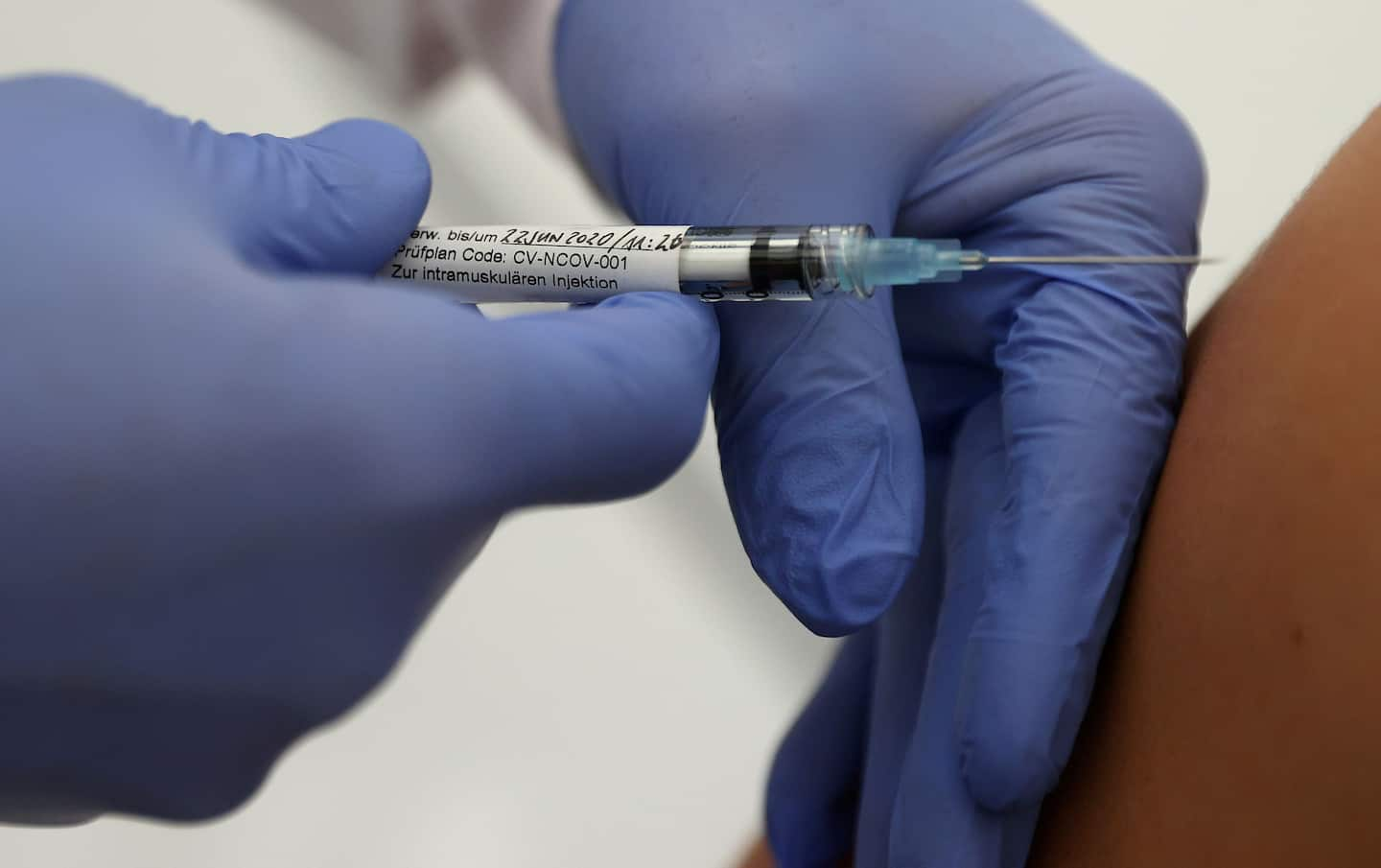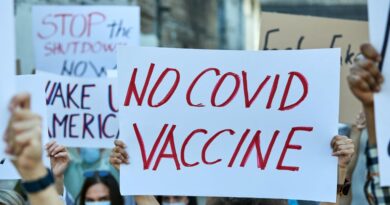No, thousands of people did not die from the coronavirus vaccine — and other news literacy lessons

The News Literacy Project also offers a program called Checkology, a browser-based platform designed for students in grades six through 12 that helps prepare the next generation to easily identify misinformation. Checkology is free for educators, students, school districts and parents. Since 2016, more than 29,000 educators and parents in all 50 states and the District of Columbia have registered to use the platform. Since August, more than 1,000 educators and parents and more than 34,000 students, have actively used Checkology.
You can learn more about the News Literacy Project and all of the educational resources it provides in this piece, but here is a rundown:
Founded more than a decade ago by Alan Miller, a Pulitzer Prize-winning former reporter at the Los Angeles Times, the News Literacy Project is the leading provider of news literacy education.
It creates digital curriculums and other resources, and it works with educators and journalists to teach middle school and high school students how to recognize news and information to trust — and it provides them with the tools they need to be informed and engaged participants in a democracy. It uses the standards of high-quality journalism as an aspirational yardstick against which to measure all news and information. Just as important, it provides the next generation with an appreciation of the First Amendment and the role of a free press.
Here’s material from the April 5 edition of the Sift:
Viral rumor rundown
NO: Google did not “block” or censor images of the Suez Canal on Google Earth while the Ever Given, a container ship, was stuck in the canal.
YES: The water in these satellite images varies in color — from dark blue to lighter aquamarine — because Google Earth pieces together images from a variety of sources taken on different dates.
NO: Google Earth does not provide live, real-time satellite imagery and could not have censored a live shot of the vessel.
Note: Believers of the QAnon conspiracy belief system used the “blocked” images to push the absurd claim that the Ever Given, operated by the Evergreen company, was carrying abducted children in an international sex trafficking scheme involving Hillary Rodham Clinton. Conspiracy theorists linked Evergreen to Clinton by pointing out that Evergreen is her Secret Service code name and falsely suggesting e boat’s call sign, or identifier, H3RC, intentionally contains her initials.
Key terms:
- Motivated reasoning: Looking only for things in ways that are likely to confirm what you already want to believe or think is true and that will not typically result in information that conflicts with the belief you’re trying to prove.
- Illusory pattern perception: The tendency to perceive meaningful cause-and-effect patterns and other connections between unrelated events. Also known as “patternicity,” illusory pattern perception is often used as evidence to support a belief.
—
NO: Georgia’s new voting law, Senate Bill 202, does not allow beverages other than water to be handed out to voters waiting in line at polling places.
YES: The law prohibits giving “food and drink” — no exceptions are listed — “within 25 feet of any voter standing in line to vote at any polling place.”
Note: The author of this post later added the phrase “just joke” at the top, after the false loophole claim spread widely on social media.
YES: The figures in this misleading headline are missing necessary context and have not been investigated or verified by scientists.
NO: The data do not show whether the adverse reactions were caused by the vaccine or occurred coincidentally.
YES: Anti-vaccination activists routinely exaggerate the dangers of vaccines by misinterpreting and misusing data from EudraVigilance and from the Vaccine Adverse Event Reporting System (VAERS), a U.S. government database that allows anyone to self-report “possible side effects or health problems” experienced after a vaccine, even minor ones such as soreness at the injection site.
Note: According to the Centers for Disease Control and Prevention, about two to five people per million who receive a coronavirus vaccine experience anaphylaxis, a rare severe allergic reaction that can be effectively treated. The CDC thus far has no proof directly linking vaccines to anyone’s death.
★ Sift Picks
Quick Picks
- Discuss: How can social media lead people to false anti-vaccination content? How common is vaccine misinformation on social media? Why are anti-vaccination posts and stories often more compelling than accurate, fact-based scientific information? Does vaccine misinformation cause real-world harm? Is spreading doubt about a safe, effective and lifesaving vaccine unethical? Do you think most people are aware that engaging with misinformation on Facebook and Instagram — even by commenting on it with a warning that it’s false — can cause their algorithms to promote it to even more people? Should Facebook (which also owns Instagram) address this?
- Idea: Divide students into groups and charge them with developing an effective social media moderation policy for anti-vaccination posts. How would the policy handle provably false claims about the coronavirus vaccines? What could it do about other kinds of posts, such as personal anecdotes, jokes and opinions that spread unsubstantiated doubt about the vaccines?
- Discuss: Have you ever encountered health misinformation online? Do misleading claims ever target a specific group, such as young people? Where do you go to find health-related information? How can you make sure this information is credible?
- Idea: Share this story with students, then ask them to form groups and develop their own idea for an anti-misinformation project. What particular type of misinformation would they work to address? Why? What kind of project or initiative would be most effective in combating it?
- Another idea: Tell students about the opportunity to join the Teen Health 101 team as a content creator or ambassador.


